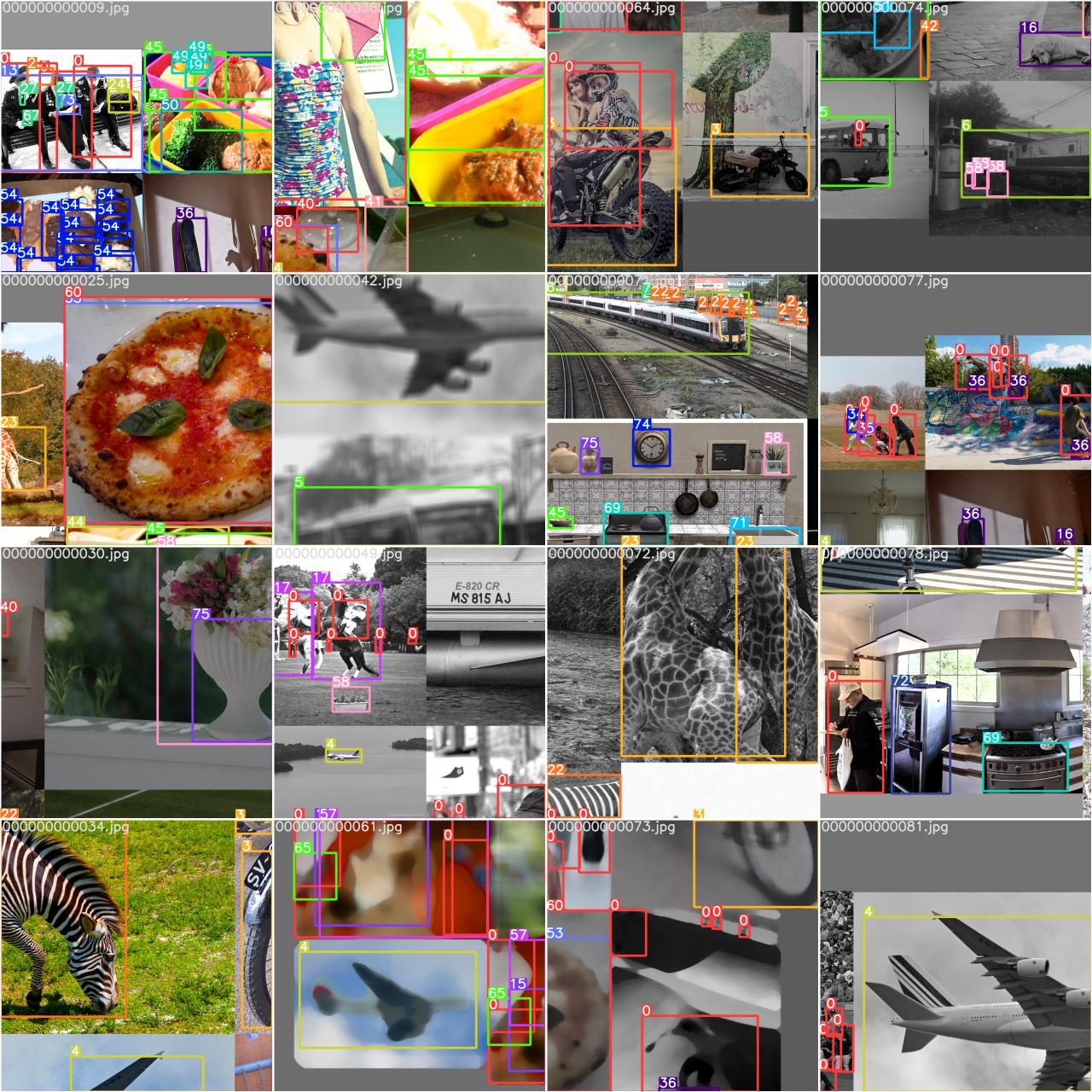After re-reading Karpathy's recipe, he points out that dropout does not play nicely with batchnorm, which makes perfect sense, but had not occurred to me to consider. My previous dropout experiments were not on the final output but 1 or 2 layers prior, with the usual batchnorm and activations following, and later output layers inheriting dropouts of earlier layers. I think I will try an experiment with direct dropout on each of the 3 outputs, which do not pass through batchnorm layers, and do not accumulate. I'll try this with nn.Dropout2d(0.1) on YOLOv5l initially.
EDIT: This would be on the inputs to Detect(), prior to the output nn.Conv2d()







🚀 Feature
Andrej Karpathy lists overfitting as one of the main steps in a training pipeline, and a prerequisite to regularization and obtaining a best final result:
http://karpathy.github.io/2019/04/25/recipe/
On that front, the larger models are overfitting well, while the smallest just about completes training with no overfitting. Here you can observe overfitting in the validation losses (objectness in particular) across the 4 models. The progression of greater overfitting for larger models is observed, as expected.
I've noticed interestingly in the switch from nn.LeakyReLU(0.1) to nn.Hardswish() that the overfitting has increased. For example here is YOLOv5l v2.0 vs v3.0. Very interestingly, val Objectness actually performs worse with the Hardswish() activations, the mAP gain must originate from better box regressions and better classifications. I do not know why this is, but I see a similar pattern in v5x, with worse val Objectness loss there also.
Since we have a multi-component loss function, made up of 3 individual losses (box, obj, cls), we would ideally like to reduce overfitting on a loss component basis (starting with Objectness), but this is not common practice that I'm aware of. L1 and L2 regularization techniques that might help in this situation can be targeted to individual parameters by assigning parameter groupings to the optimizer, but I don't think there's a precedent for targeting loss components with different regularization techniques (anyone correct me if I'm wrong).
It may be possible to create separate optimizers for each loss component, and assign then different weight_decays, though I don't know if this would involve a hit to training speed or memory consumption.
In any case, these are my thoughts on the matter. Other things I've tried are increased augmentation, including rotation, mixup, scale and perspective, nn.Dropout2d(0.1), and increased weight_decay using the existing structure, but in all of these cases the training results (on COCO from scratch) become worse. If anyone has any ideas for Objectness regularization, or other techniques to reduce overfitting, please us know!